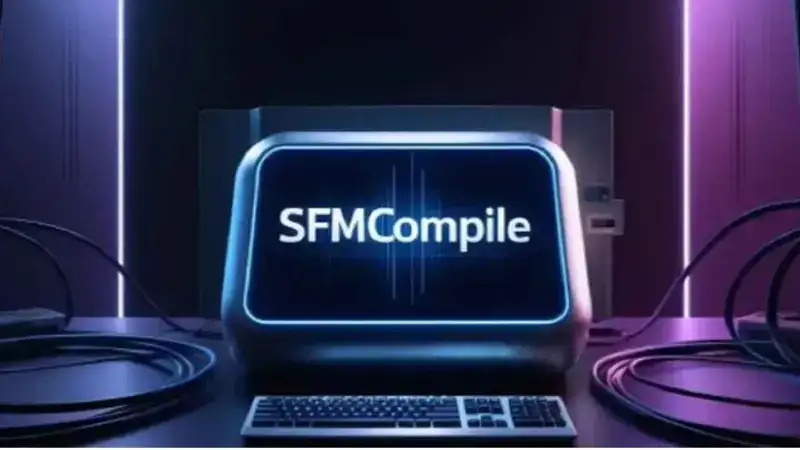SFM compile is a crucial step in creating animations with Source Filmmaker. It converts raw animation files into a playable format. Without proper compilation, animations may face glitches. A well-executed process ensures smooth rendering and high-quality visuals across devices. Click here for more information.
Understanding the Compilation Process
Compiling transforms animation projects into a final output. It involves rendering frames, optimizing assets, and encoding the animation into a video format. This process ensures polished and professional animations. A properly executed compilation prevents issues like lagging, artifacting, and frame drops, delivering a seamless viewing experience.
Steps to Compile in SFM
1. Prepare Your Project
A successful compilation requires a well-prepared project. Check character models, textures, props, and lighting. Fix any errors before proceeding to avoid issues in the final output. Ensure all animations, transitions, and camera angles are correctly set up to maintain smooth playback.
2. Export the Animation
The process includes exporting the animation in a compatible format like AVI, MP4, or image sequences. Choose the format based on your intended use. Image sequences provide more control for post-production editing, while MP4 and AVI are ideal for direct playback. Properly formatted exports ensure a seamless compilation process.
3. Adjust Compile Settings
Settings must be configured properly. Adjust resolution, frame rate, texture quality, and anti-aliasing for the best output. Higher resolutions provide sharper visuals, but they require more processing power. A balanced setting ensures a high-quality output without excessive resource consumption.
4. Start the Compilation Process
The process applies the chosen render settings. The time required depends on the complexity of the scene and system performance. Large projects may take longer, so optimizing settings beforehand is crucial. Keep an eye on rendering logs to detect and resolve issues early.
5. Review the Compiled File
The process is incomplete without reviewing the final output. Check for errors like frame drops, rendering glitches, or lighting inconsistencies. Recompile if necessary to fix any issues. A thorough review helps ensure that the animation meets quality standards before distribution.
Common Issues and Fixes
1. Crashes During Compilation
Crashes may occur due to insufficient system resources. Ensure you have enough RAM and processing power to complete the task smoothly. Closing unnecessary applications and clearing system memory can help prevent crashes.
2. Poor Render Quality
Results may look pixelated if settings are too low. Increase texture resolution and anti-aliasing to enhance quality. Proper lighting, high-quality textures, and optimized shadows contribute to a more refined result.
3. Slow Compilation
The process can take time if settings are too high. Lowering texture resolution, reducing lighting complexity, and upgrading hardware can improve speed. Using GPU acceleration can significantly enhance performance.
Best Practices for Efficient Compilation
1. Optimize Scene Assets
Optimized assets improve efficiency. Avoid excessive high-poly models and unnecessary elements. Reducing polygon count and simplifying textures can speed up rendering without compromising quality.
2. Use Proper Lighting
Balanced lighting is crucial. Adjust brightness, shadows, and reflections for a realistic look without overloading the system. Overuse of dynamic lights can slow down rendering; using baked lighting can improve performance.
3. Test Before Final Compilation
Testing is important before finalization. Render short test clips to detect and fix issues before full compilation. Testing helps identify problematic frames, allowing adjustments before committing to the final process.
Advanced Techniques
1. Batch Rendering for Large Projects
For large projects, batch rendering can be used to split the process into smaller segments. This reduces memory usage and minimizes crashes. Stitching smaller rendered sequences together ensures a seamless final output.
2. Custom Effects and Shaders
Custom shaders and effects enhance visual quality. Applying advanced lighting techniques and post-processing effects can significantly improve the animation’s realism.
3. Hardware Optimization
A powerful GPU and sufficient RAM are beneficial. Upgrading hardware components can drastically reduce compile time and improve output quality. Enabling multi-threading and using external render farms can further enhance efficiency.
Conclusion
SFM compile is crucial for producing high-quality animations. By following best practices and optimizing settings, you can ensure smooth playback and professional results. Proper preparation, testing, and system optimization make the process efficient and error-free.

